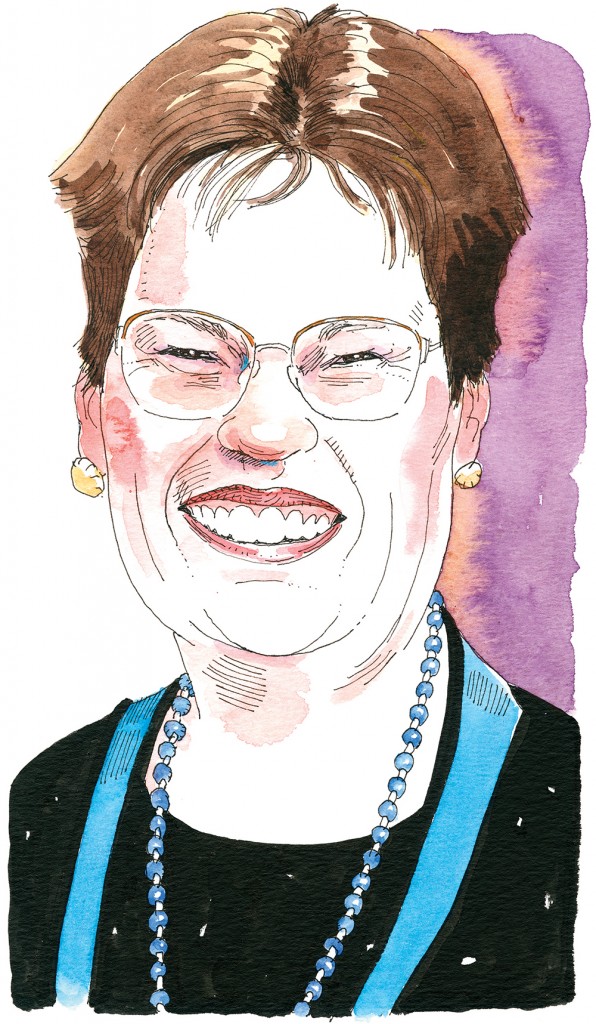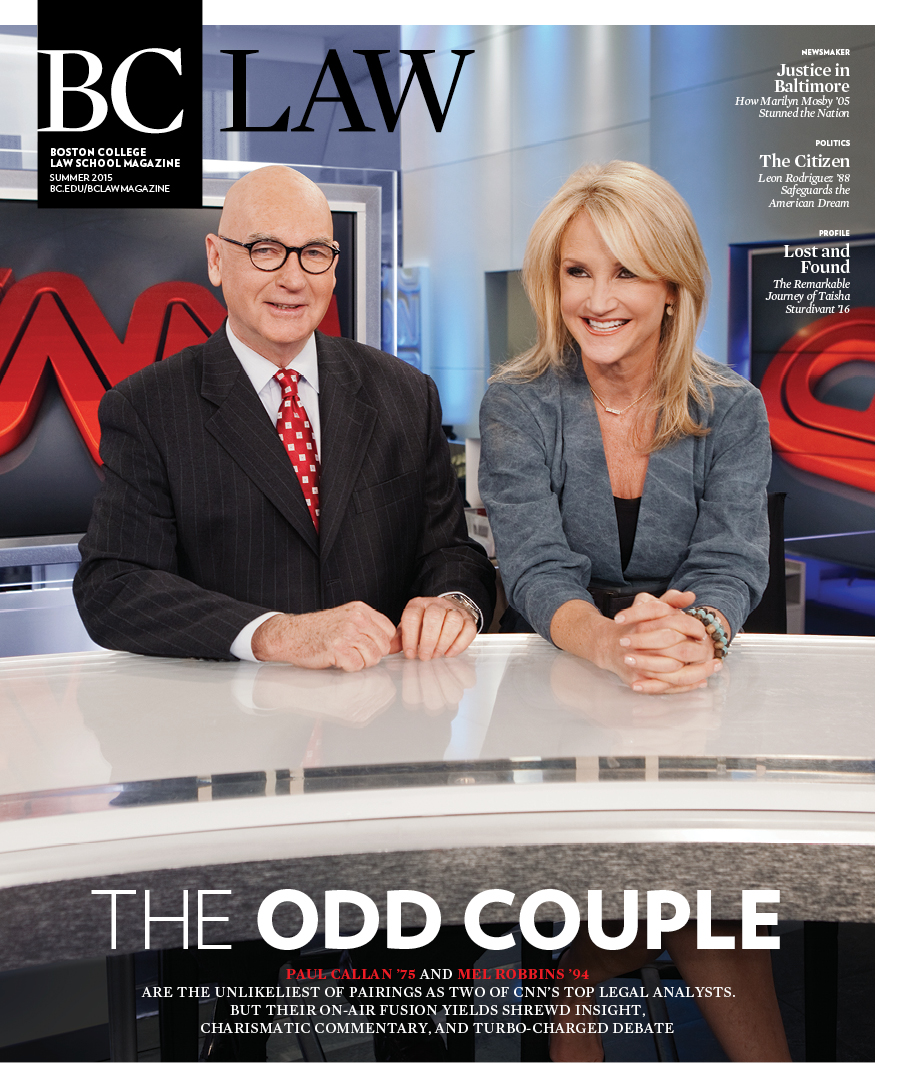
Pocket Résumé
Diplomas: Oberlin College, AB. University of California (Berkeley), JD. Interests: Insurance Law, Banking Regulation, Mortgage Regulation, Housing Finance, Securities Regulation, Consumer Financial Protection. Books: McCoy has three books to her credit, including The Subprime Virus, coauthored with Kathleen C. Engel. Cutting Edge: Forthcoming article on countercyclical regulation, which is an innovative new approach to financial regulation.
The Idea: Many of us know in a general way that the 2008 financial crisis arose out of problems in the mortgage lending business. Far less familiar are some of the details revealed in congressional testimony and an astonishingly detailed book by Boston College Law Professor Patricia McCoy, including facts on Wall Street’s crucial role in encouraging risky mortgages, mortgage lenders’ chicanery, and nonfeasance by federal regulators who believed in the magic of unfettered markets. Cleaning Up the Mess: In 2009 McCoy went to Washington to testify before the Senate Banking Committee. Indeed, she testified three different times that year alone, after which she spent a couple of years in government, implementing some of the remedies she had proposed. Between 2000 and 2008, McCoy testified, banks were selling mortgages to Wall Street almost as fast as they could book them. Because they wouldn’t own the loans, banks cared more about volume than risk. They were making their money, after all, from loan origination fees, and if a loan were to default in a few months or years, well, that was someone else’s problem. In 2009, McCoy reminded the senators that during the 2000-2002 bear market for stocks, Wall Street firms had found a hot new profit center underwriting mortgage-backed securities (MBSs)—essentially bundles of mortgage loans. Firms like Bear Stearns and Lehman, she said, bought up not just loans but entire lending institutions “in order to have an assured pipeline of mortgages” that they could bundle and sell to incautious investors. The banks, meanwhile, in their zeal to lend money to virtually any borrower, were offering loans with dangerous, exotic terms, among them hybrid adjustable-rate loans and interest-only loans. Underwriting rules allowed borrowers to be qualified based on teaser rates instead of the much higher rates they’d be paying once their loans reset. As for documentation, banks demanded little from borrowers, and some banks engaged in outright fraud.
Patricia McCoy and co-author Kathleen Engel had been warning in journal articles about what McCoy calls “unsustainable” lending practices as early as 2001.
High-risk “subprime” mortgages proliferated, but the riskier the loan, the better Wall Street liked it, because riskier loans came with higher interest rates and, when bundled, brought higher underwriting fees. Wall Street incentivized risk by paying “yield spread premiums” (the higher the interest rate on a loan, the bigger the fee to the originator). Lenders responded by pushing borrowers into subprime mortgages. The MBSs resulting from these shaky deals carried sketchy disclosures to investors, but they garnered gold seal ratings from outfits like Moody’s and S&P, ratings paid for by the MBS issuers. Federal bank regulators, as a matter of conviction, did little actual regulation of MBSs or mortgage loans. The Federal Reserve chair, Alan Greenspan, staunchly believed in self-regulating markets. According to The Subprime Virus (Oxford, 2011), coauthored by McCoy and Kathleen Engel, Greenspan “trusted bankers to avoid excessive risk in the interest of self-preservation” and saw MBSs as a handy new tool for doing just that. Bankers had indeed been avoiding risk, by selling it off as fast as they could, but by 2008, after loans began defaulting in record numbers, the market for MBSs froze, and lenders and investment banks alike were stuck with many billions in worthless paper. Because other players, like the mega-insurer AIG, had bet on the solvency of mortgages, and because MBSs and other mortgage-based instruments served as collateral for loans to big financial institutions, the whole system tottered. McCoy and Engel had been warning in journal articles about what McCoy calls “unsustainable” lending practices as early as 2001. By 2005, the height of predatory lending, “we felt we were banging our heads against the wall, and nobody was listening,” McCoy recalls. By 2008, of course, people had started listening. In her 2009 Senate testimony, which accompanied the drafting of legislation that eventually became the Dodd-Frank Act, McCoy called for the creation of a new agency to protect consumers from predatory loans. She went on to serve as assistant director for mortgage markets at the new agency, the Consumer Financial Protection Bureau. There she fleshed out details of regulations she had also recommended in her testimony, which required that lenders document a borrower’s ability to pay. Incredibly, no such requirement had existed before the financial crisis. McCoy also oversaw the writing of a new, more consumer-friendly version of the disclosure form provided to borrowers. With the old form, borrowers with adjustable loans had had no idea how high their payments might rise. “We tested sample disclosures on consumers in nine different cities nationwide,” she says, ”and we put the draft disclosures on our website.…By the time the form was finalized, consumers understood them beautifully. They go into effect this year.”


